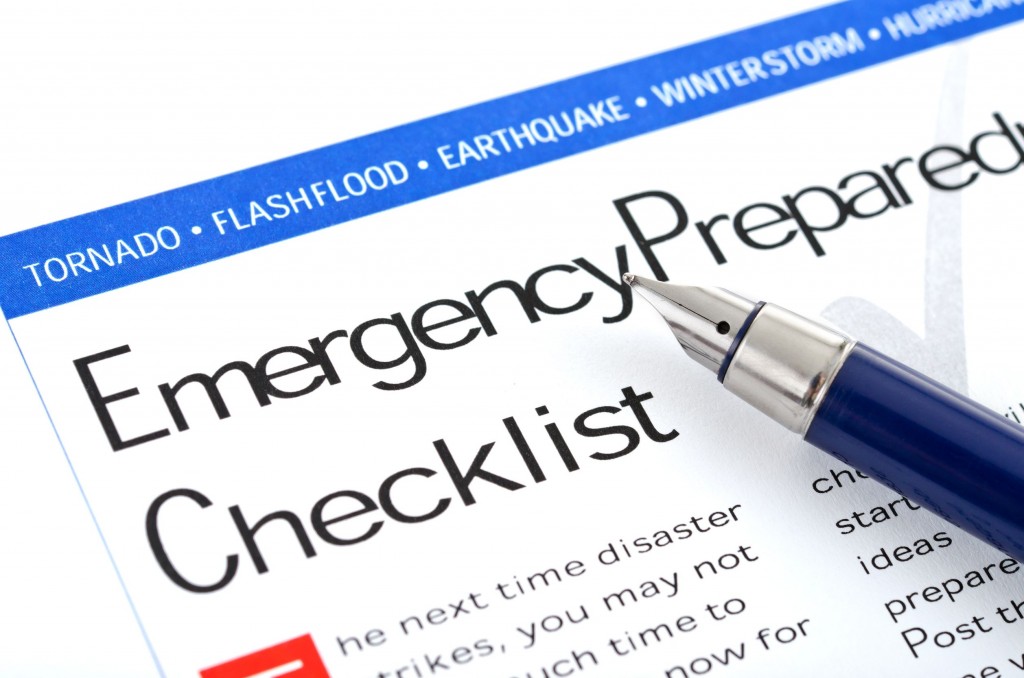IT Disaster Recovery Plan
Companies rely on information technology to quickly and effectively manage their business, clients & processes. The culmination of servers, desktop computers, laptops and wireless devices are used by employees to create, process, manage and communicate information. What do you when your information technology stops working?
An information technology disaster recovery plan (IT DRP) should be developed, and tested, in conjunction with the business continuity plan. Priorities and recovery time objectives for information technology should be based on its immediate impact to your business. Technology recovery strategies should be developed to restore hardware, applications, data and communication in time to meet the needs of the business recovery. The ability to quickly and effectively deploy these safety measures can have a substantial impact on your income.
Businesses large and small create and manage large volumes of electronic information or data. Most of that data is very important. Some data is vital to the survival and continued operations of the business. The impact of data loss or corruption from hardware failure, human error, hacking or malware is often very significant. A plan for data backup and restoration of electronic information is essential.
IT Recovery Strategy
We recommend your recovery strategies be developed for Information technology (IT) systems, applications and data. This includes networks, servers, desktops, laptops, wireless devices, data, connectivity and communication. Priorities for IT recovery should be consistent with the priorities for recovery of business functions and processes that will sustain your business in the immediate short-term. IT resources required to support time-sensitive business functions and processes should also be identified.
Your IT infrastructure/ systems require hardware, software, data and connectivity. Without one component of the “system,” the system may not run. Therefore, recovery strategies should be developed to anticipate the loss of one or more of the following system components:
- Chief operating computers & laptops
- Servers (mail server, POS (point of sale) terminals, databases
- Data exchanges, CRM (client relationship management), software applications
- Data & restoration processes
Internal Recovery Strategies
Some businesses have access to more than one facility. Hardware at an alternate facility can be configured to run similar hardware and software applications when needed. Assuming data is backed up off-site or data is mirrored between the two sites, data can be restored at the alternate site and processing can continue.
Having redundancies and fail-over systems in place would ensure minimal impact to your company. In case of a disaster, it is imperative that employees are able to get in touch with key staff members that can help route resources and data flow to the corresponding users. This vital step is often overlooked by businesses that have not thoroughly vetted their disaster recovery process.
Vendor Supported Recovery Strategies
While having your business data stored off-site is one important step in the disaster recovery process, getting access to that data is just as important. Without internet access, obtaining the data can become a daunting task. We recommend getting your vendors involved to determine the best course of action in case of a disaster. Finding out what services your vendors can or cannot provide can help forecast problems.
We can provide “hot sites” for IT disaster recovery. These sites are fully configured data centers with commonly used hardware and software products. Subscribers may provide unique equipment or software either at the time of disaster or store it at the hot site facility ready for use.
We can help manage and host all of your data streams, data security services and applications. This information can be accessed at the primary business site or any alternate site using a web browser. These facilities have state-of-the-art security can also provide data filtering and detection of malware threats, which enhance cyber security.
Developing an IT Disaster Recovery Plan
Understanding your businesses will help us develop an IT disaster recovery plan. We begins by compiling an inventory of hardware (e.g. servers, desktops, laptops and wireless devices), software applications and data. The plan should include a strategy to ensure that all critical information is backed up (multiple off-site & on-site data backups are recommended).
Identify critical software applications and data and the hardware required to run them. Using standardized hardware will help to replicate and allow reimaging of new hardware. Ensure that copies of program software are available to enable re-installation on replacement equipment. Prioritize hardware and software restoration based on a specific outline.
Document the IT disaster recovery plan as part of your business continuity plan and test the plan regularly to make sure that it works.

